Going up against well established players like the Maruti Baleno and the Hyundai i20 is no easy task, but the Tata Altroz did just that and it did quite well for itself. At a shade over 47,000 units last year, it sold well over half of what the i20 managed and about a third of what the Baleno did. Not a bad debut year at all. The Altroz also narrowly missed taking top spot in the Tata stable, pipped only by the Nexon at around 48,000 and the Tiago at around 49,000 units.
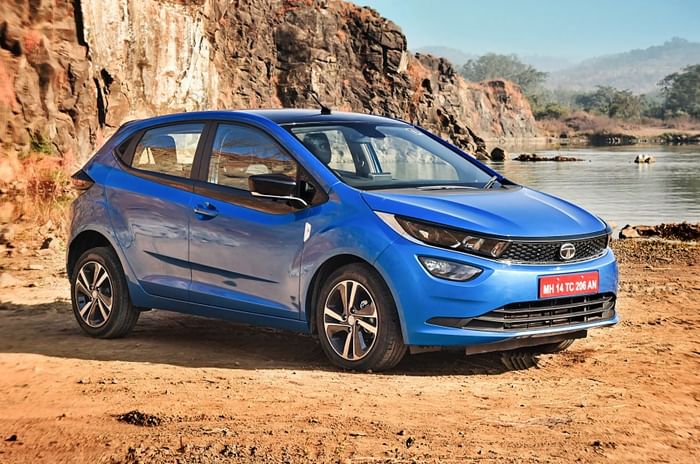
The Altroz’s relative success is not without reason. The car’s striking looks, ample space and excellent ride and handling left us very impressed when we tested it last year. What also worked hugely in the Altroz’s favour is that, for the better part of six months after BS6 norms kicked in it, it was the only diesel premium hatch in the market, and though the diesel pie is shrinking, it had that pie all to itself.
Why a Altroz turbo-petrol?
The only fly in the ointment was the sole petrol engine on offer. The 86hp, 1.2-litre naturally aspirated engine – based on the one in the Tiago/Tigor – was underpowered and quite unrefined, especially when held against the yardstick in the premium hatch segment.
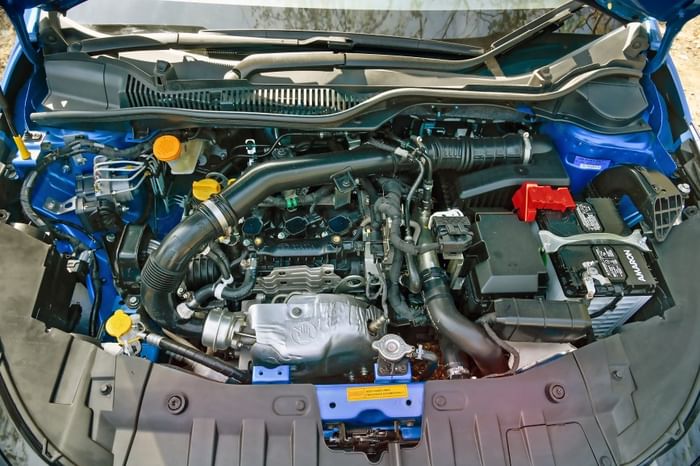
So, the turbocharged version is certainly a very welcome move. Bolting on the turbo has bumped the power output to 110hp while torque has risen from 113Nm to 140Nm. Though, this is still lower than what the engine puts out under the hood of the Nexon, where it makes 120hp and 170Nm of torque. We understand that the reason for the lower output is Tata wanted some differentiation to its SUV and that there were also packaging challenges in incorporating the Nexon’s physically larger 6-speed gearbox, which would have been necessary to handle the increased power.
What’s the Altroz iTurbo like to drive?
There’s good news and bad. The good bit is that the extra power is certainly apparent, the car no longer feels underpowered and has enough pep to keep up with traffic without the need to exercise the gearbox. Demand any more, however, and it will leave you wanting.
The trouble is that, while performance is an improvement over the naturally aspirated unit, it’s still not as strong as what we have come to expect from a small displacement turbo-petrol. Also, the Altroz is the only turbo-petrol hatch to use the indirect or port injection, which isn’t as sophisticated as the direct-injection turbo-petrols of its rivals.
The Polo 1.0 TSI has a sub-10sec time in the 0 to 100kph dash and the even the new i20 is quicker out of the blocks. While the Altroz iTurbo claims a time of under 12sec, we only managed 12.68sec in a quick test and this is in Sport mode.
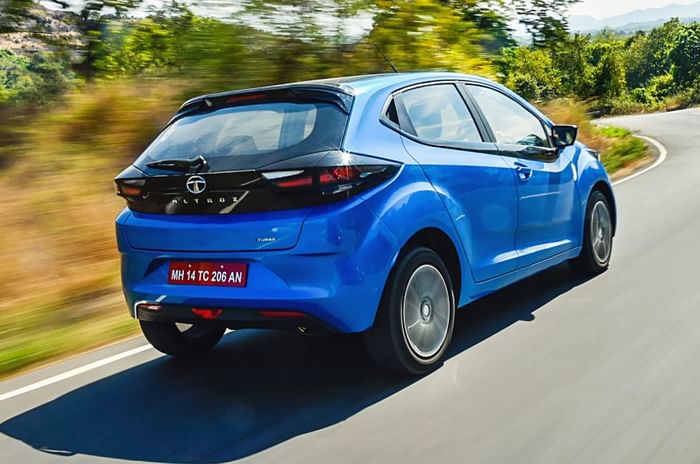
The Altroz iTurbo comes with two drive modes – City and Sport (the regular car has Eco and City) – and after a day with it we’d recommend using Sport as the default. It’s not snappy and in fact feels quite easy to drive. In Sport mode, you’ll have watch the fuel consumption because turbo-petrols can be quite thirsty in the real world. For the record, the claimed ARAI figure is 18.13kpl for the Turbo and 19.05kpl for the regular 1.2 petrol unit. That’s not too big a difference, but just bear in mind that turbo-petrols are super sensitive to aggressive throttle inputs.
Look at the Altroz Turbo as a more powerful version of the regular Altroz and it starts making sense. The turbocharger rewards you with a nice step up in power, which flows thick and strong from a high-ish 4,800rpm. It makes you want to rev the motor all the way to the modest 5,500rpm redline. While this is good fun, if you’re in a hurry in an everyday driving situation, moving the meat of the powerband a little lower in the rev range would make the car more driveable. At low revs there is some turbo lag but it’s not excessive and, at around 1,800rpm, you get a nice shove. The strong mid-range and good part throttle response mean you don’t have to use the 5-speed gearbox (the same TA-65 unit in the naturally aspirated Altroz) and can merrily amble along on a wave of torque.
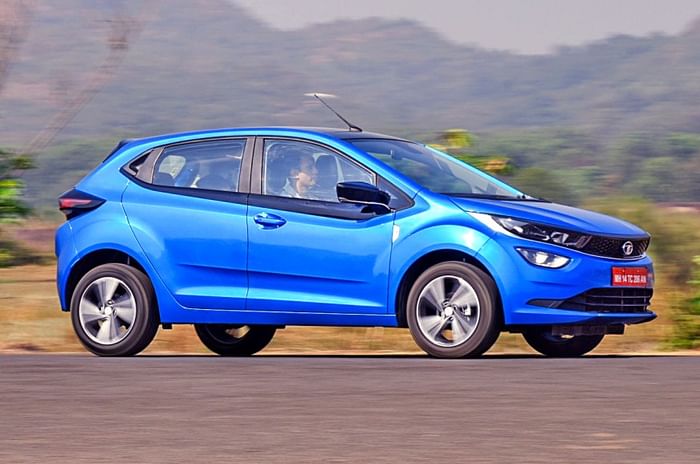
At idle, vibrations are quite well contained and though you can feel the gentle rock of the three-cylinder engine, it’s not disturbing. However, press down on the throttle and the engine feels a touch coarse and there’s a fair bit of road noise that filters into the cabin as well. Overall refinement could certainly do with some improvement.
The dynamics of the Altroz was something we’ve always liked and to make sure the Turbo Altroz performs equally well, Tata says they have made small tweaks to the suspension and steering setup. Expectedly, the ride and handling are excellent, the well-judged suspension, along with the stiff and taut body shell, enable the car to sail over bad stretches with ease, delivering a confident and mature ride. Sharp ruts and potholes too aren’t a bother.
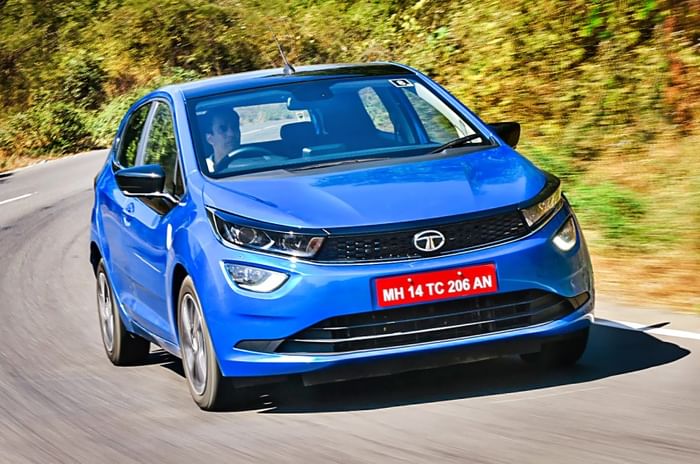
The steering too is nice and light at low speeds and has sufficient weight at higher speeds, but the diesel Altroz still feels a smidgen better, thanks perhaps to the extra weight over the front wheels. All in all, the road manners of the Altroz are certainly a high point and something everyone will appreciate.
Are there other differences?
The Turbo petrol ushers in a new colour in the line-up, called Harbour Blue, which is quite eye-catching; our test car got quite a lot of appreciative stares. The Turbo petrol is available in the top three variants, including the new top-end XZ+ trim, which sees the addition of a few new features. The most notable of these being Tata’s connected-car technology called iRA, short for Intelligent Real time Assist. It offers the typical connected-car features, including remote lock-unlock, geofencing, vehicle tracking, etc. The system also understands quite a few natural voice commands in Hindi, English and Hinglish.

The Altroz now also has What Three Words navigation; an app that has divided the surface of the earth into 3X3 square metres and assigned three random unique words to each. This enables you to navigate to that exact spot – for instance, a specific entry gate.
There is also now an express cool button that will be handy in summer, new perforated leatherette seats and a new black and light grey interior colour scheme that looks quite nice. On the Turbo version of the XZ+, there are also two additional tweeters in the sweet-sounding Harman sound system.
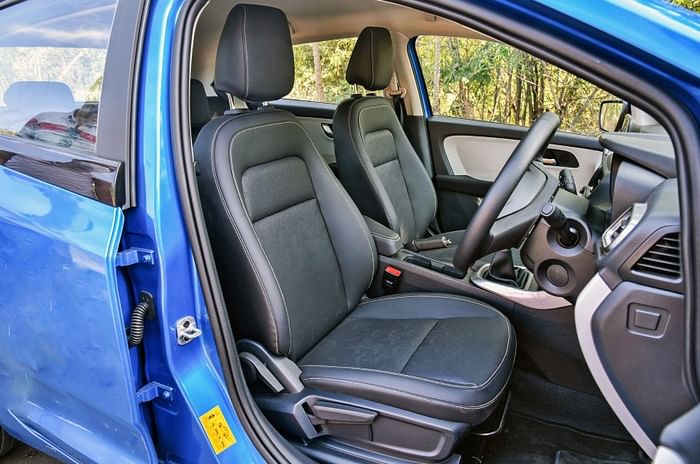
Should you buy the Altroz iTurbo?
There’s a lot to like about the Altroz like the excellent dynamics, the generous boot and comfortable cabin. It looks fantastic and clearly stands out from its peers and it also boasts a 5-star Global NCAP crash rating. The turbo power definitely transforms the way the car drives but quite frankly this isn’t the hot-hatch we expected, especially as a follow on to the Tiago JTP. The engine isn’t as smooth and strong as we would have liked and there’s no automatic option – the DCT variant is coming later in the year.
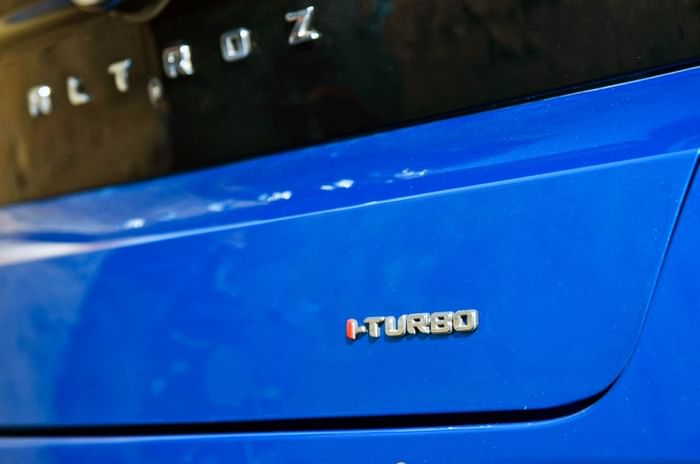
However, over its naturally aspirated sibling, the iTurbo is definitely a big step-up and the extra performance nicely in-sync with the car’s sporty character. All that’s needed now is an attractive price to make the Altroz an even more compelling package than before.
*Not to Autocar India test standards


































